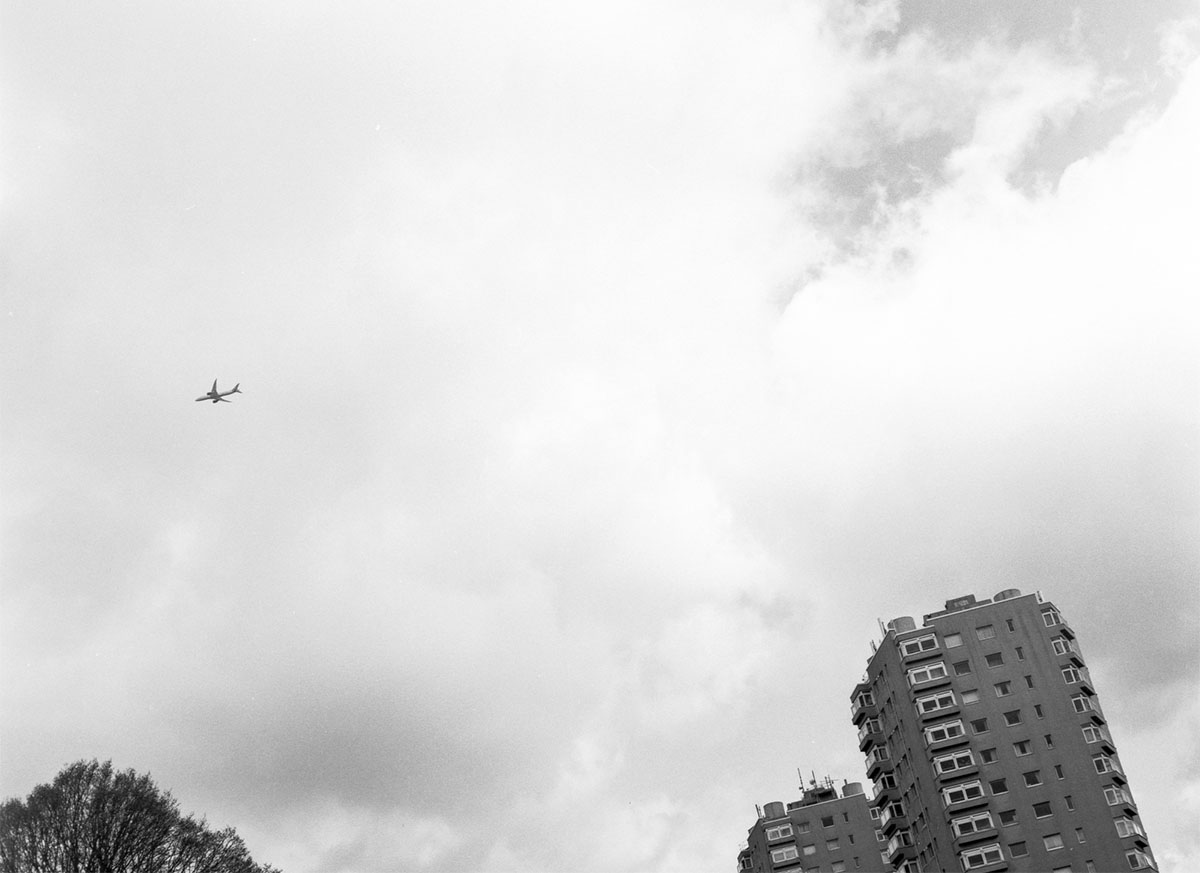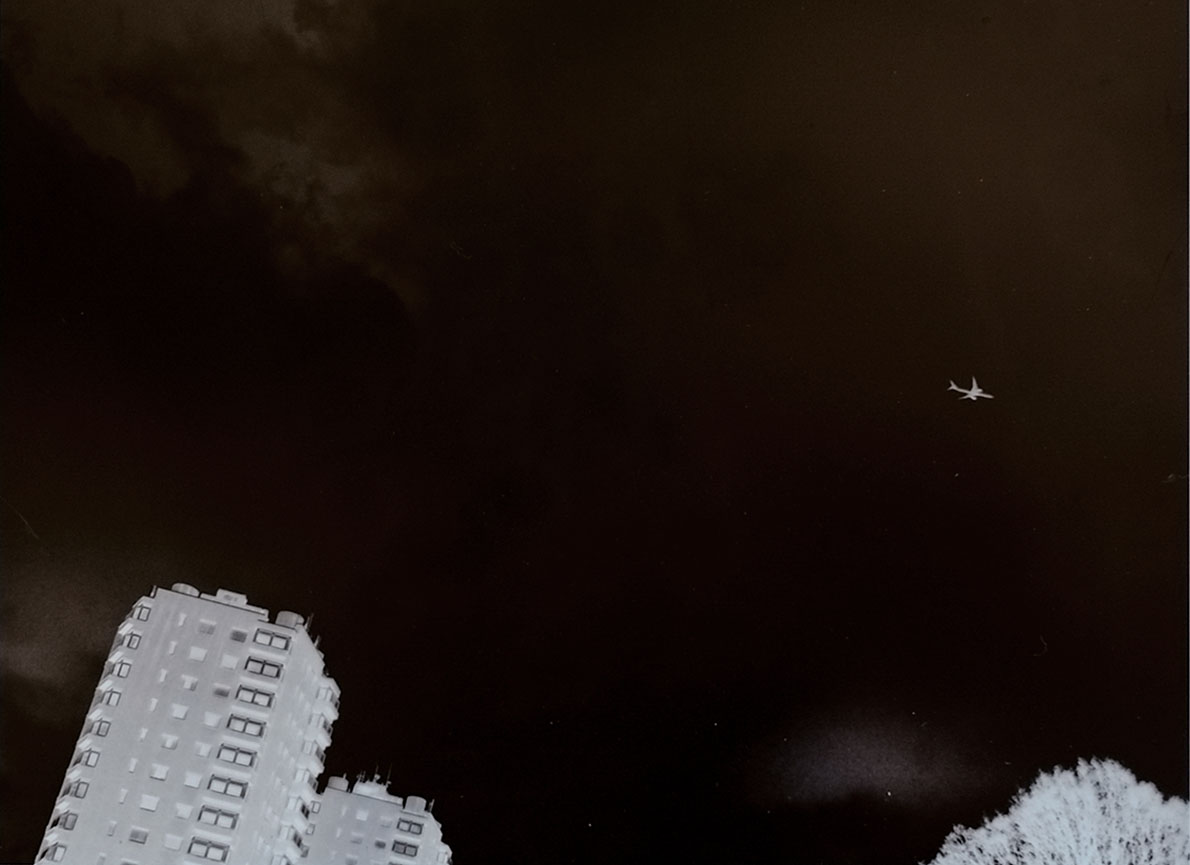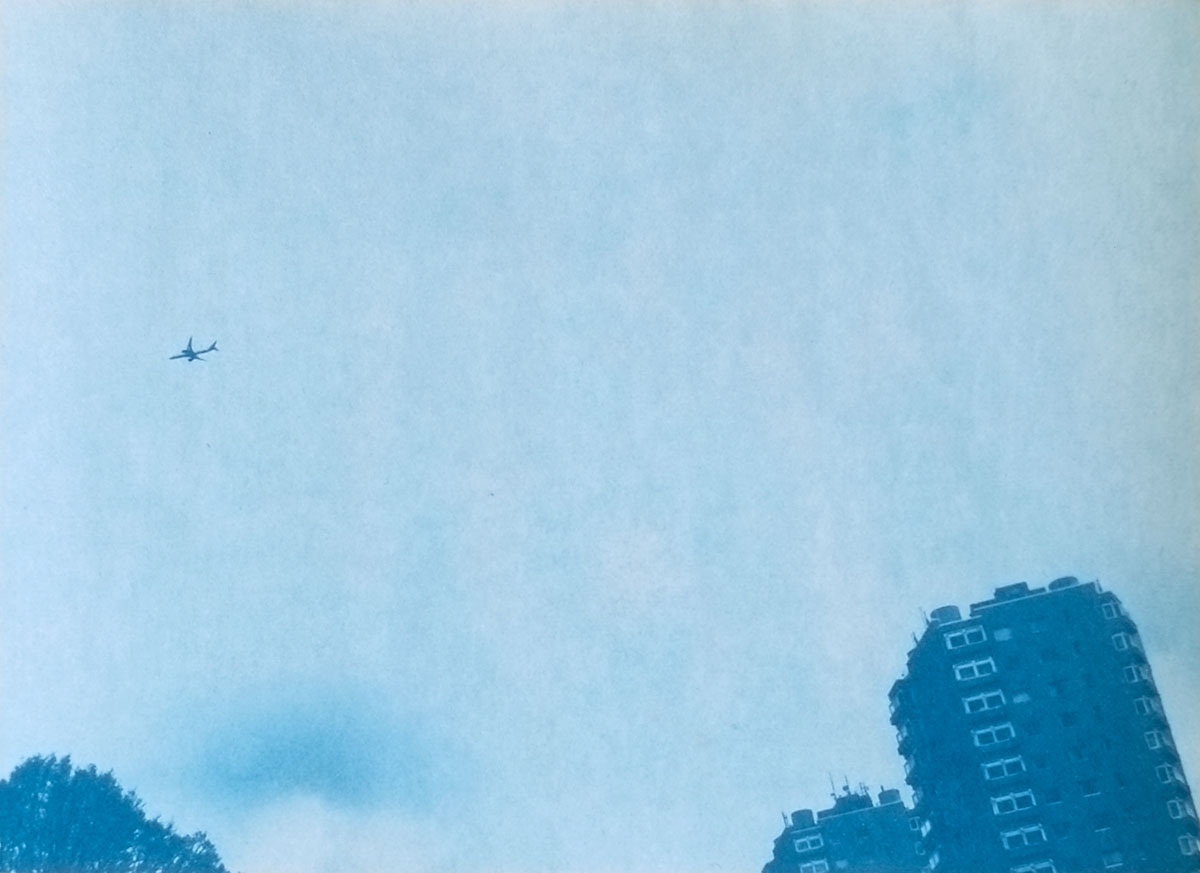The cyanotype process was introduced by an astronomer John Herschel in 1842 who tried to find a way to copy his notes. Herschel figured out that by coating paper with a UV light sensitive emulsion and placing objects on the paper created a white silhouette on a blue background. A year later (1843) a friend of his, Anna Atkins, used the cyanotype process to publish the first ever photographically illustrated book; “British Algae; Cyanotype impressions”.
What’s the science behind it?
The cyanotype procedure is quite scientific in nature. It requires a UV light sensitive substance which is created by mixing a solution of potassium ferricyanide and a solution of ferric ammonium citrate. This solution is then applied to a surface such as paper by soaking and drying it all in a dark room. An image is produced by placing an object on the paper and exposing it to a source of ultraviolet light.

The UV light and the citrate reduce the Iron(III) to Iron(II) following the reaction of the Iron(II) with ferricyanide this produces ferric ferrocyanide which has a blue pigment. After the paper has been exposed, it gets developed by washing in water so that all the Iron(III) salts get washed away. Next, the paper is dried. The areas where the objects were places are not exposed to the UV light and so remain white whilst the rest turns blue.

Use of cyanotypes in art
Initially, cyanotypes were used for creating blueprints of architectural or scientific diagrams. After Anna Atkins published her book people stared seeing the artistic aesthetic of cyanotypes. Since then they were widely used for creative purposes.
One way of producing cyanotype art is by using negatives. This is done by desaturating and inverting a digital image to create the negative. This image is printed onto acetate then placed on a surface coated with the UV light sensitive substance and exposed to UV light resulting in an alternative image.



Cyanotype art can be combined with traditional media like painting or printmaking to create something unique.

Karen Landey
One of the cyanotype artists that intrigued me is Karen Landey. Landey has been a photographer for over sixty years, she enjoys finding alternative meaning of clichés and presenting them in unique ways. She find particular interest in dreams, their magical, mysterious nature and unlimited possibilities they offers us. She often refers to Photoshop as a tool to explore the world of dreams and transform them into reality. To Landey the ability to create digital negatives of collages and print as cyanotypes is downright magic.
“I am intrigued by the interface between quantum physics and mystical realms. This radiant edge inspires me to find ways to bring this light through my artwork and into the world.” – Karen Landey



